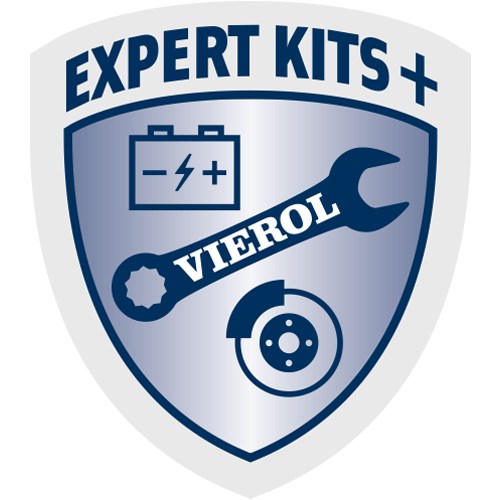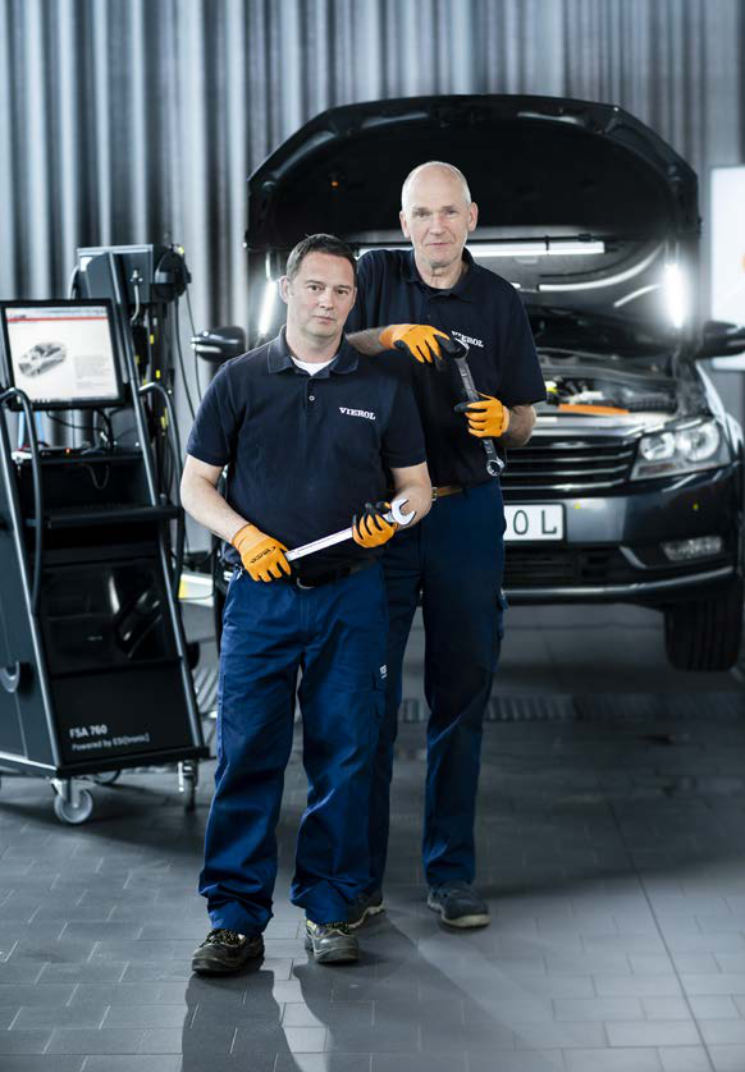TPMS sensors
VEMO Electronical tyre pressure monitoring systems - The VEMO experts answer all questions about requirements, functions, symptoms and much more.

Electronical tyre pressure monitoring systems (TPMS) have been mandatory for all new cars initially registered since 1st November 2014. This also applies to winter wheels. Since May 2018, a missing TPMS has been classified as a defect deficiency within the framework of the general inspection.
Function
Directly measuring TPMS are pressure and temperature sensors installed on all wheels (even if available on the spare wheel) which are in direct contact with the air in the tyre.
Indirectly measuring TPMS only register changes to the wheels indirectly. A changed tyre pressure influences the rolling behaviour of the tyres: As the internal pressure in the tyre decreases, the rolling radius reduces and the speed increases. This information is then transmitted to a control device, e.g. via wheel speed sensor (active sensor).
Requirements for TPMS
- resistant to dirt and weather
- pressure-resistant and pressure-retaining at any temperature
- ageing resistant
- shock and vibration resistant
Symptoms
- lighting up of the tyre pressure control lamp
- acoustic warning signal
- depending on manufacturer and version, limited function of the wheel speed sensor system
Reasons for failure
- leakage
- external damage due to accidents
- material fatigue due to ageing
- negligence on the part of the mechanics when changing tyres
- loss of the dust cap due to frost damages
Consequential damages
- decreasing air pressure due to leakage
VEMO TPMS Advantages
- all sensors including valve, cap and seal
- compatible with common diagnostic systems
- self-learning: no programming of sensor necessary
- flexible rubber valve

Recommended by the experts
- regular check of the air pressure valves for external cracking and damages
- regular check of the air pressure, at least every four weeks or every second tank filling – despite technology
- always close the tyre pressure valves with the valve cap
- in the case of a pressure loss report, always visit the workshop for checking









